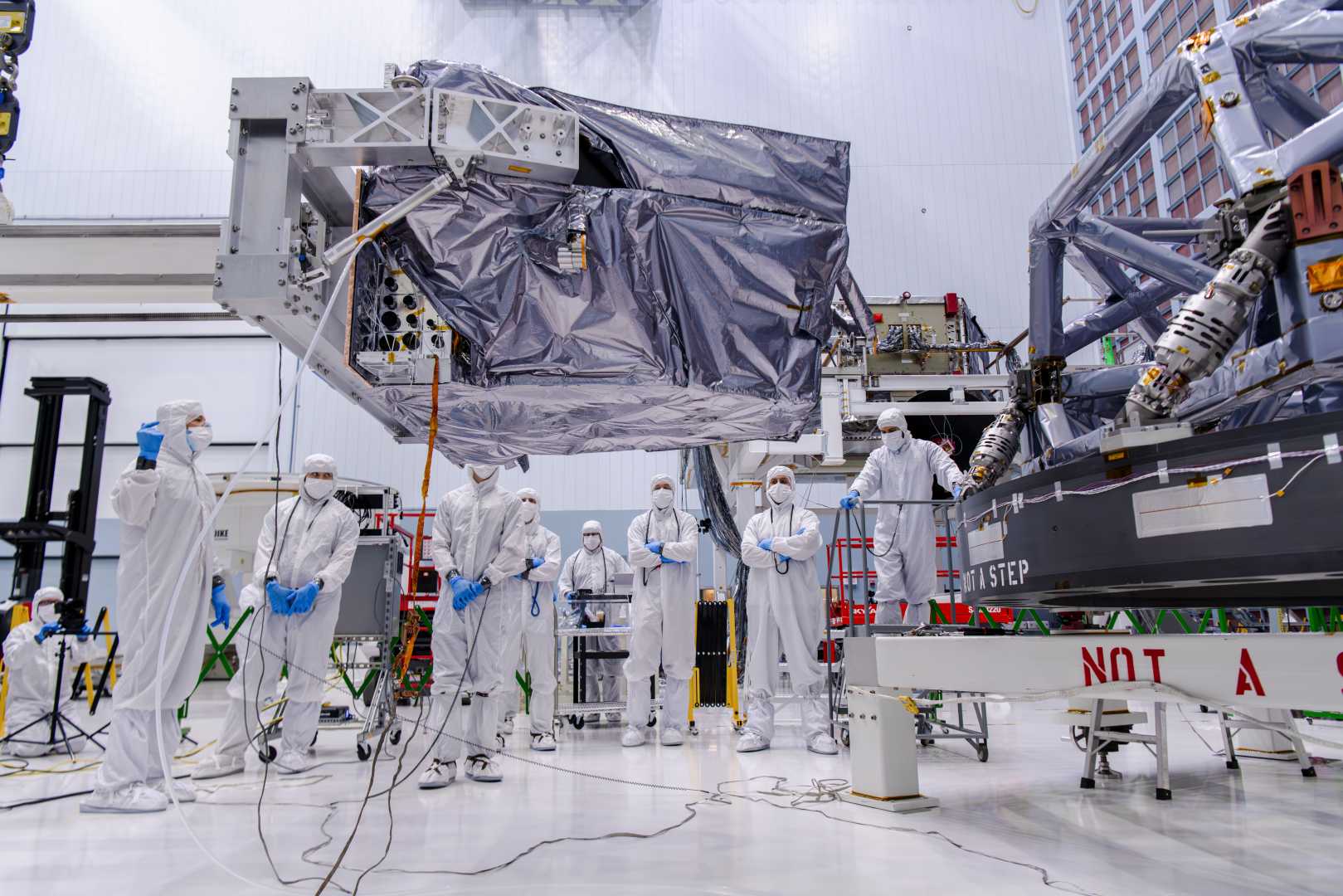Tech
NASA’s Roman Space Telescope Reaches Major Integration Milestone

GREENBELT, Md. — NASA‘s Nancy Grace Roman Space Telescope has reached a critical milestone as technicians successfully integrated its payload — including the telescope, instrument carrier, and two instruments — with the spacecraft that will deliver it to orbit. The integration marks a significant step toward the observatory’s planned launch no later than May 2027.
“With this incredible milestone, Roman remains on track for launch, and we’re a big step closer to unveiling the cosmos as never before,” said Mark Clampin, acting deputy associate administrator for the Science Mission Directorate at NASA Headquarters in Washington. “It’s been fantastic to watch the team’s progress throughout the integration phase. I look forward to Roman’s transformative observations.”
The integration took place in the clean room at NASA’s Goddard Space Flight Center in Greenbelt, Maryland. The newly assembled hardware will now undergo a series of rigorous tests to ensure it can withstand the harsh conditions of space and operate as intended.
First, engineers will verify that each major component functions correctly when integrated with the rest of the observatory. This will be followed by environmental tests, which will subject the payload to electromagnetic, vibration, and thermal vacuum conditions simulating launch and on-orbit operations. These tests aim to confirm that the hardware and launch vehicle will not interfere with each other, ensure the communications antennas avoid electromagnetic interference, and validate the observatory’s ability to endure extreme vibrations and temperature fluctuations.
Additionally, the tests will assess the optical alignment of the instruments and mirrors to guarantee precise observations once in space. The Roman mission is on track for completion by fall 2026, with integration of the spacecraft structure and payload scheduled for this fall.
The Nancy Grace Roman Space Telescope, named after NASA’s first chief astronomer, is designed to explore dark energy, exoplanets, and other cosmic phenomena. Its advanced instruments are expected to provide unprecedented insights into the universe’s structure and evolution.












